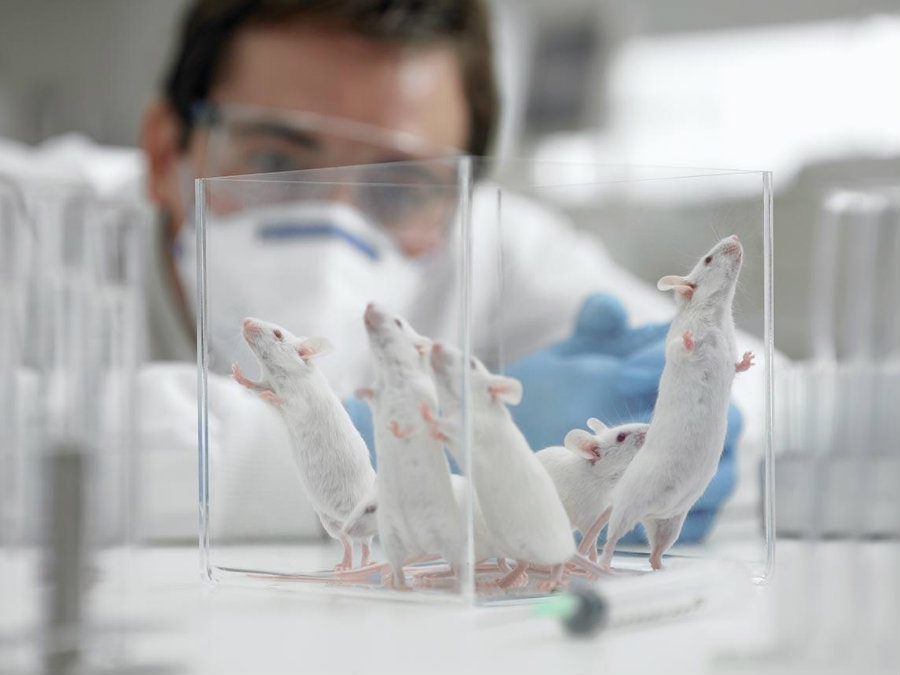A group of scientists has developed a new technology that can grow pancreases in rats and then conduct a transplant process to mice. The investigation team from both Stanford and the University of Tokio found that this technology could reverse the diabetes condition on mice.
The experimentation showed that the pancreases grown in rats could generate insulin-producing cells and revert diabetes, as the results also demonstrated how the transplant process could be conducted with no difficulties. The study was made by researchers from Stanford University School of Medicine and the Institute of Medical Science at the University of Tokyo.

The mice that receive these developed organs would require a couple of days of immunosuppressive therapy to avoid a possible rejection of the pancreas. This procedure can also prevent a lifelong treatment for the animals.
The success regarding this interspecies transplant procedure could be a huge step forward when it comes to the treatment of several diseases. A similar process can be developed with human-related diseases, as human organs could be generated in large animals like pigs and sheep and then be transplanted and cure different illnesses.
How the experimentation was conducted
The investigation team gathered a large group of rats that were genetically managed for them to be unable to produce their pancreas. Then, the experimentation consisted on the implantation of pluripotent stem cells from mice to the rats-embryos.
When the experimentation was over, the researchers started the transplant process into mice, after gathering all the insulin-producing cells in structures called islets. These cells were produced by the rat-grown pancreases that were genetically matched to prevent any cellular rejection. For the scientists to prove that this procedure could revert diabetes, they induced the condition to the mice control group.
“We found that the diabetic mice were able to normalize their blood glucose levels for over a year after the transplantation of as few as 100 of these islets,” said Hiromitsu Nakauchi, MD, Ph.D., a professor of genetics at Stanford. “Furthermore, the recipient animals only needed treatment with immunosuppressive drugs for five days after transplantation, rather than the ongoing immunosuppression that would be needed for unmatched organs.”
Currently, in the U.S. about 80,000 persons are waiting for an organ transplant. However, the supply for this demand is quite short, as organ donors are not enough. If this procedure can be conducted to help human diseases, by the generation of organs in other animals, the shortage of organs can be avoided. Also, the need for organ receivers of a full-life therapy of immunosuppressive medicaments can be prevented.
Source: EurekAlert
